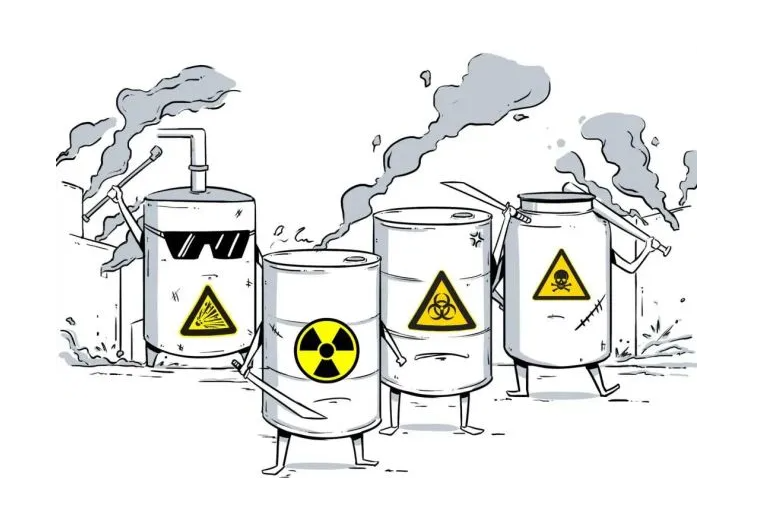Hydroxypropyl methylcellulose (HPMC), commonly known as hypromellose, is generally considered safe for use in various industries when handled properly and in accordance with regulations. However, like any chemical substance, there are potential risks associated with its misuse or exposure. Here are some potential dangers of HPMC:
- Inhalation Hazard: Fine particles of HPMC dust can be generated during handling, mixing, or processing, especially in its powdered form. Prolonged inhalation of these particles may lead to respiratory irritation, coughing, or breathing difficulties. Adequate ventilation and respiratory protection should be employed in areas where HPMC dust may be present.
- Eye and Skin Irritation: Direct contact with HPMC may cause irritation to the eyes and skin, particularly in its powdered form. Protective equipment such as goggles, gloves, and protective clothing should be worn when handling HPMC to prevent skin or eye irritation. In case of contact, affected areas should be rinsed with plenty of water, and medical attention should be sought if irritation persists.
- Gastrointestinal Distress: Ingestion of large amounts of HPMC may result in gastrointestinal discomfort, such as nausea, vomiting, or diarrhea. While HPMC is commonly used in pharmaceuticals and food products as a thickening or bulking agent, it is important to adhere to recommended dosage levels and use HPMC-containing products as directed to avoid potential adverse effects.
- Allergic Reactions: Although rare, some individuals may experience allergic reactions to HPMC. Symptoms of an allergic reaction may include skin rash, itching, swelling, or difficulty breathing. People with known allergies to cellulose derivatives or similar compounds should exercise caution when using products containing HPMC and consult a healthcare professional if adverse reactions occur.
- Environmental Impact: Improper disposal of HPMC-containing products or waste may have adverse environmental consequences. While HPMC is biodegradable and generally considered environmentally friendly, large-scale disposal or release into waterways can impact aquatic ecosystems. Proper waste management practices should be followed to minimize environmental contamination.
Overall, while HPMC is widely used and considered safe when used appropriately, it is essential to handle and dispose of it responsibly to mitigate potential risks to human health and the environment. Adherence to safety guidelines, proper handling procedures, and regulatory requirements is crucial to ensure the safe use of HPMC in various applications.


